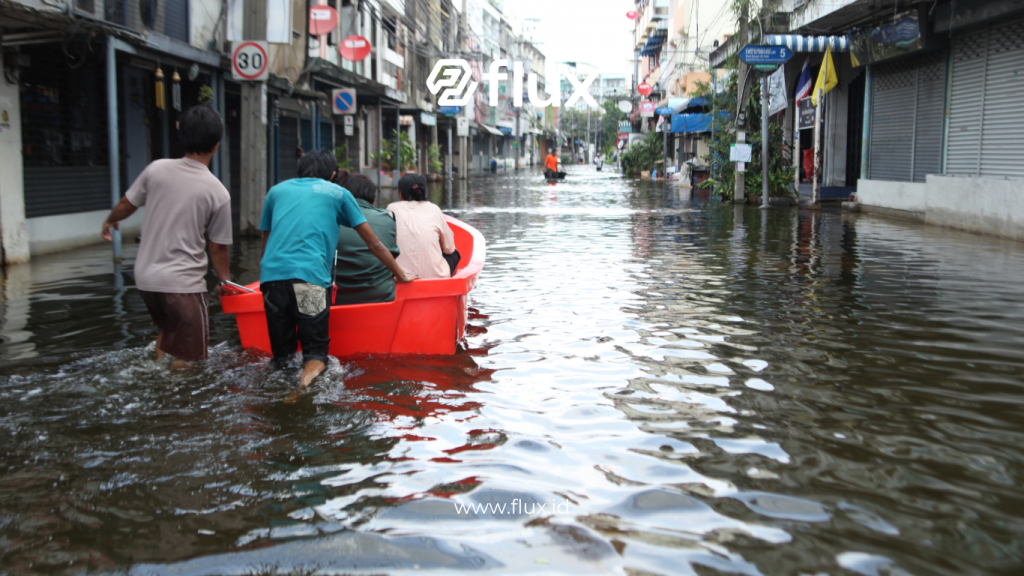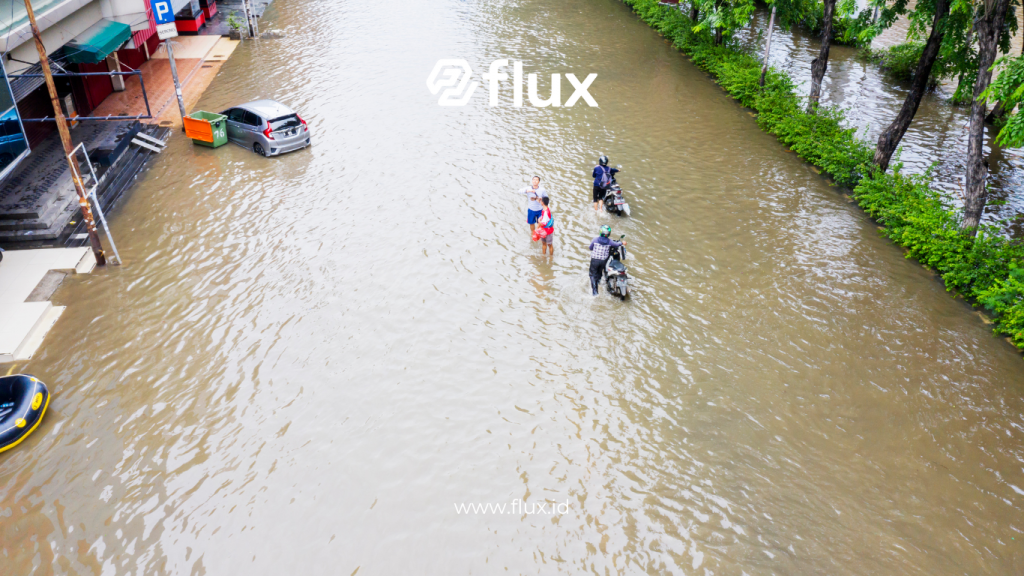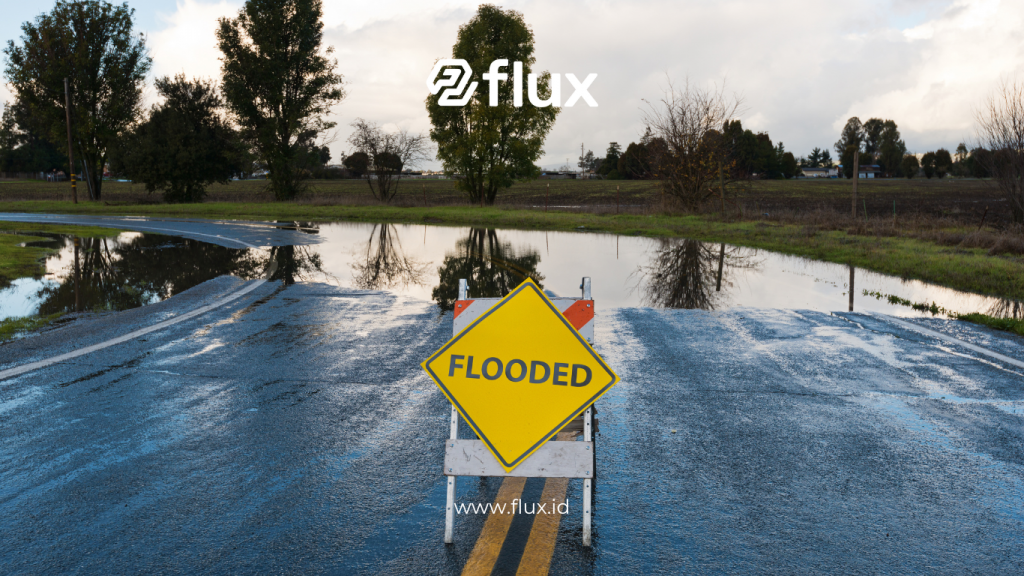Don't miss our holiday offer - 20% OFF!
Floods are among the most devastating natural disasters, particularly in high-risk areas with heavy rainfall or inadequate drainage systems. Modern technology offers solutions to mitigate flood impacts through monitoring and early detection systems. This article explores the role of Technology in Reducing Flood Impact, from real-time monitoring to post-disaster management.
Contents
- 1 1. The Environmental and Economic Impact of Floods
- 2 2. Technology for Monitoring and Early Detection
- 3 3. Implementation of Technology in Various Regions
- 4 4. Challenges in Implementing Technology
- 5 5. Strategies to Improve Technology Effectiveness
- 6 6. Long-Term Benefits of Flood Monitoring Systems
- 7 Conclusion
1. The Environmental and Economic Impact of Floods

Read More: Pressure Sensors: Unveiling Advanced Flood Monitoring Secrets
a. Environmental Impact
Floods can destroy ecosystems, pollute water supplies, and degrade land quality. Overflowing rivers often carry waste, causing environmental contamination.
b. Economic Impact
Economic losses from floods include infrastructure damage, transportation disruptions, and the destruction of residents’ assets. Recovery often demands significant time and financial resources.
2. Technology for Monitoring and Early Detection
Technology plays a crucial role in preventing and mitigating flood risks. Some technological solutions include:
a. IoT Sensors for Water Level Monitoring
IoT sensors installed in rivers or drainage systems can detect rising water levels in real time. The data is sent to control centers for early warnings.
b. Weather Radar Systems
Weather radar helps predict rainfall and extreme weather patterns. This information allows authorities to take quicker mitigation actions.
c. AI-Based Platforms
Artificial intelligence (AI) analyzes historical and real-time data to provide accurate flood predictions. It also assists in designing effective evacuation scenarios.
d. Mobile Apps for Early Warnings
Mobile applications enable citizens to receive notifications about potential floods in their areas, enhancing community preparedness.
3. Implementation of Technology in Various Regions

Read More: Predicting Floods: The Role of Rainfall Sensors
a. Success Stories in Developing Countries
Several developing countries have successfully used technology to reduce flood impacts. For example, India employs IoT-based early warning systems to minimize flood-related losses in coastal areas.
b. Best Practices in Developed Nations
Developed countries like Japan utilize advanced weather radar systems and computer simulations to mitigate flood effects effectively.
4. Challenges in Implementing Technology
a. Infrastructure Limitations
Countries with limited infrastructure struggle to adopt advanced technologies. Installation and maintenance costs are also significant barriers.
b. Lack of Public Awareness
Communities often lack an understanding of how technology works and the importance of heeding early warning information.
c. Coordination Among Agencies
Flood management requires collaboration between government agencies and private organizations. A lack of coordination can hinder the effectiveness of technology.
5. Strategies to Improve Technology Effectiveness

Read More: Flood Anticipation with IoT, Direct Monitoring from Smartphone
a. Investment in Digital Infrastructure
Governments should invest in IoT sensor networks, radar systems, and data centers to enhance flood monitoring efficiency.
b. Education and Training
Communities need to be educated on using technology and taking appropriate actions during disasters.
c. Multisector Collaboration
Collaboration between governments, private sectors, and academia can accelerate the adoption of technology and the development of innovative solutions.
6. Long-Term Benefits of Flood Monitoring Systems
- Saving Lives: Early warnings allow for timely evacuations.
- Reducing Economic Losses: Technology minimizes infrastructure damage and asset loss.
- Minimizing Environmental Impact: Flood monitoring enables better water management, reducing environmental harm.
Conclusion
Technology has proven to be a highly effective tool in reducing flood impacts. IoT-based monitoring systems, weather radar, and early warning applications provide critical information for preventive measures. Despite challenges in implementation, the right strategies can optimize these technologies. With widespread adoption, the human, economic, and environmental impacts of floods can be significantly minimized.





